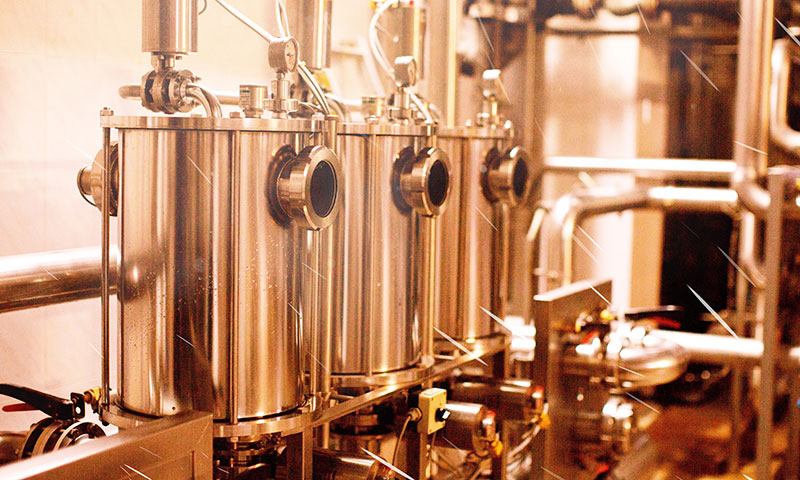EMPOWERING DEVICE can be also used in winemaking as it acts on the kinetics of the extraction of phenolic compounds during the maceration of red grapes and on the lysis of the yeast.
Careful laboratory analyzes have shown that the increase in the times of application of cavitation on the matrices corresponds to an increase in the indices of total polyphenols (over 50%) as well as anthocyanins (over 100%). These data were confirmed by subjecting different grape varieties to the same treatment.
With regard to fine lees, experimentation has shown that soluble colloids increase in less time. Total soluble proteins are significantly increased in proportion to the duration of cavitation.
A further test carried out on the lees showed that the soluble colloids present in samples subjected to cavitation were equal in number to those developed after 30 days in samples handled with traditional techniques.
Even racking can therefore be accelerated by cavitation, reducing the time required by up to 60%: about 2 days against the 5 days normally necessary with traditional methods.
Furthermore, at the end of the supply chain, it should be remembered that cavitation acts directly on the fibrous component of the matrices, increasing their methanogenic potential, therefore the pomace, previously mainly destined for pulping as they could not be properly valorized, can be used for energy purposes thus reducing disposal costs.
EMPOWERING DEVICE, as a particularly effective process accelerator in the presence of oxidations, can significantly accelerate and catalyze the aging of any liquid containing alcohol.
Therefore, in liqueurs, it allows all those chemical processes that alter the flavors and for which, often, take years to be carried out, in a few minutes or days.
The natural aging of liquors and spirits is therefore accelerated. This is achieved by extracting aromas and colors from the wood shavings dragged into the fluid that flows through the appliance, as opposed to the traditional static aging of the barrel.
Cavitation can also help in the rapid demolition and removal of natural compounds with a hard taste naturally present in alcohol which also deteriorate as part of traditional aging.
Furthermore, not to be underestimated, the drastic increase in yield due to the loss of evaporation loss associated with traditional aging as well as the possibility for producers who will not have to wait decades to understand how their product will evolve but will be able to conduct aging tests in few minutes.






